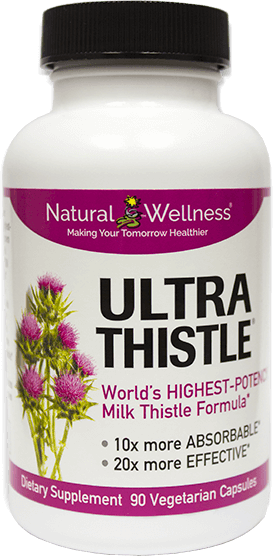C10 - Considerably greater bioavailability of silybin as a component of Siliphos®
Pharmacokinetics of silybin in bile following administration of silipide (Siliphos®) and silymarin in cholecystectomy patients.
Schandalik R, Gatti G, Perucca E
Surgical Department, Regional Hospital, Braunau am Inn, Austria.
These data indicate that the bioavailability of silybin is much greater after administration of silipide (Siliphos®) than after administration of silymarin. This results in increased delivery of the compound to the liver, which represents the target organ for pharmacological action.
The biliary excretion of silybin, the main active component of silymarin, was evaluated by using a specific HPLC method in 9 cholecystectomy patients with T-tube drainage after intake of oral doses of silipide (Siliphos®) (Siliphos®) and of silymarin (120mg expressed as silybin equivalents)
After intake of silipide (Siliphos®), the concentration of silybin in bile reached a peak within 4 h and declined thereafter with a mean time of about 10 h. After administration of silymarin, biliary silybin concentrations were several-fold lower than those observed after intake of silipide (Siliphos®).
The bile collected after silymarin intake also contained considerable amounts of isosilybin (a silybin isomer) and very low levels of silydianin and silycristin. The amount of silybin recovered in bile in free and conjugated form within 48 h accounted for 11% of the dose after silipide (Siliphos®) and for 3% of the dose after silymarin. Plasma silybin concentrations, determined in 3 subjects, were several-fold lower than those in bile after intake of silipide (Siliphos®) and mostly undetectable after intake of silymarin.

